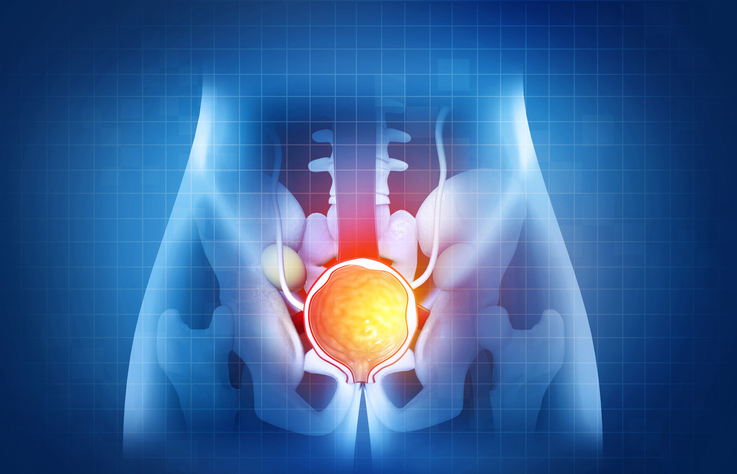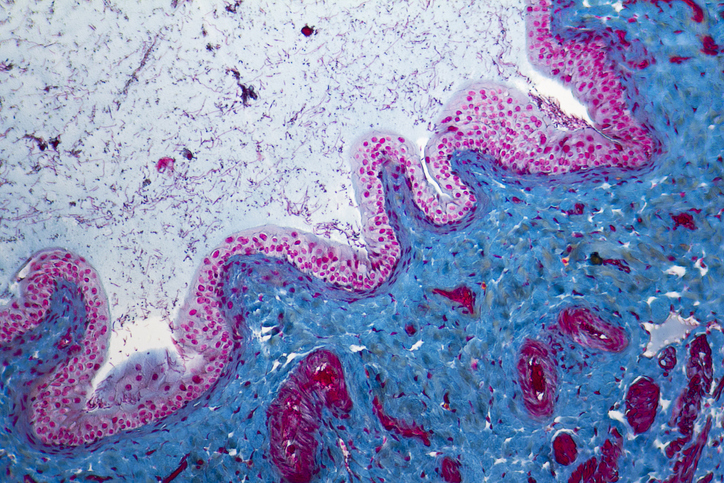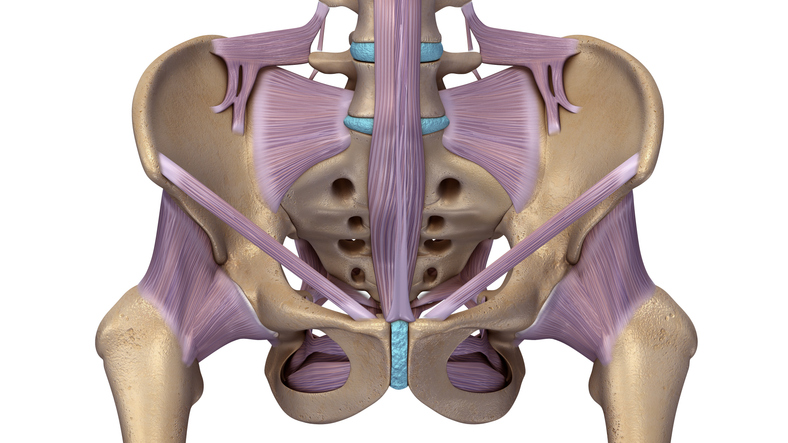
A comparative retrospective study reviewed the outcomes and complications of monopolar transurethral resection of the prostate (TURP) in patients with benign prostatic hyperplasia (BPH) with and without acute urinary retention (AUR). The study, published in Cureus, included 150 men aged 45-70 years with lower urinary tract symptoms due to BPH who were divided into two groups: group A (AUR positive) and group B (AUR negative).
Assessments were performed on all participants, including history, physical examination, digital rectal examination, ultrasound, and postvoid residual (PVR) urine assessment. Postoperative outcomes and complications were determined, and statistical analyses were conducted using Student’s t-test with a significance level of P<.05.
According to the findings, patients in group A had significantly higher postoperative complications than group B. The mean complication rate was 60% in group A and 30% in group B. Common complications included urinary tract infections and prolonged hospital stays.
Group A exhibited significantly lower maximum flow rate (Qmax) at 7.5 mL/s compared to 9.8 mL/s in group B (P<.01). The average PVR volume was also higher in group A at 150.4 mL compared with 90.2 mL in group B (P<.01). In addition, group A exhibited a significantly larger mean prostate volume (45.8 g) compared to 42.3 g in group B (P=.03).
Symptom prevalence for group A versus group B included:
- Urinary frequency: 70% versus 45%
- Urgency: 65% versus 40%
- Nocturia: 75% versus 50%
- Weak stream: 80% versus 50%
- Straining: 60% versus 35%
“The results show a significantly higher incidence of complications in the AUR group, accentuating the clinical challenges posed by acute urinary retention in the perioperative setting. These findings highlight the urgency for urologists to evaluate patients with AUR proactively and address associated risks,” the researchers concluded.







 © 2025 Mashup Media, LLC, a Formedics Property. All Rights Reserved.
© 2025 Mashup Media, LLC, a Formedics Property. All Rights Reserved.